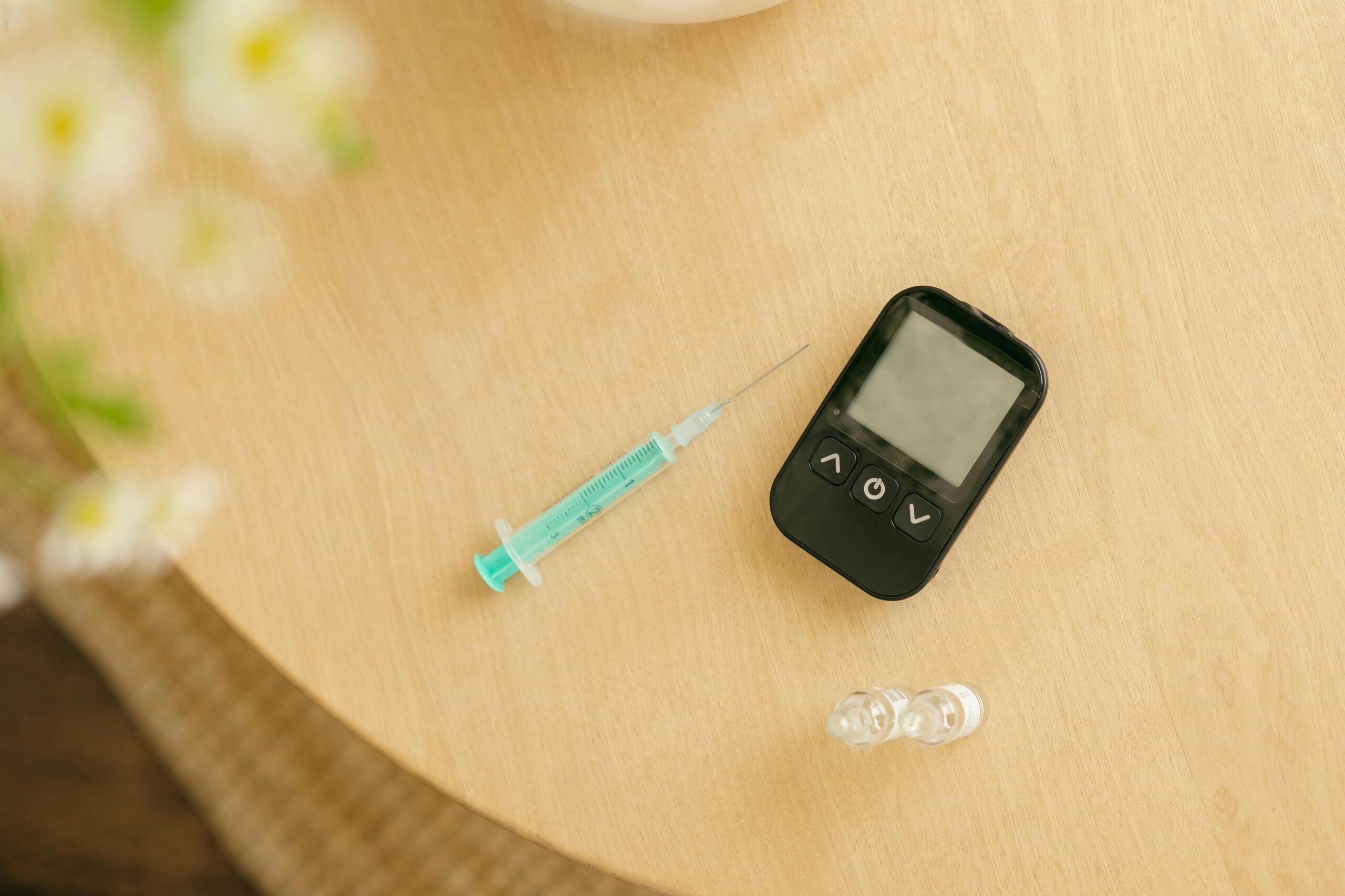
In the United States, 6 million people take insulin to control their type 2 diabetes. In recent years, the high price of insulin has been widely covered in the media. Disturbing stories of insulin rationing and patient deaths have been widely reported. A Yale study from 2018 found that 1 in 4 patients with diabetes were cutting back on insulin due to cost. More recently, price-capping measures have been implemented to lower insulin prices and increase access. With these price-settings measures, from federal and state regulations to company-sponsored programs, it might seem that the problem of insulin affordability has been solved. But the full story is complex, suggesting that at least some patients may still face significant charges for insulin. Patients on Medicare who do not have the Prescription Drug Benefit (Part D) are not protected by federal regulation and cannot benefit from the manufactured sponsored programs. The chance that a patient must pay a lot for insulin appears to vary, at least in part, by their insurance status. Current legislation and company-sponsored programs leave gaps in price protection and work must be done to provide more secure safety nets for insulin users.
Commercially Insured and Uninsured
Federal legislation to control insulin prices applies only to government programs, like Medicare and Medicaid. For individuals with commercial insurance, out-of-pocket price depends on the insurance company’s policies, meaning that the cost for individuals will vary. Uninsured individuals don’t have that sort of help, they must pay the price charged themselves. However, in part due to public outcry over price, starting with Eli Lilly & Co., and then followed by Novo Nordisk and Sanofi, insulin manufacturers began to slash prices on their insulins or provide company-sponsored savings programs. For instance, Lilly limits the expense of insulin to $35 per month. These company-led, voluntary steps have done a lot to address the problem of insulin affordability for the commercially insured and uninsured.
Medicare and Medicaid
Many people on Medicare (about 80%) have Part D, the Prescription Drug Benefit, and this is the group affected by federal limits on insulin cost. Starting with the “Part D Senior Savings Model” in 2021 and the later ratification of the insulin provision in the Inflation Reduction Act (IRA) in 2023, prices for insulin for those with Medicare Part D were capped at $35 per month. While the initial model in 2021 only covered some insulins for participants on a subset of plans, the IRA’s insulin cap applied to all insulins covered under Medicare Part D.
But 20% or so of people with Medicare do not have Part D, which means they are not so clearly protected. Medicare Parts A and B do not cover most prescription drugs, and Part C (“Medigap”) plans vary in their coverage of insulin. So, these patients will often be uninsured for insulin and unprotected by federal legislation. In addition, the manufacturer savings plans that help control costs for commercially insured and uninsured people explicitly do not apply. Consider the wording provided on the Lilly insulin savings card which requires confirmation that “I am NOT enrolled in a governmental program. Examples include Medicaid, Medicare, Medicare Part D, and others.” An individual in this situation would not receive coverage for insulin under their plan and would additionally not be able to qualify for Lilly’s savings program, which requires that patients not be enrolled in any governmental program. They would be responsible for the full price of their insulin prescription. For this population, there is no price protection as many states do not have individual legislation setting price caps and, in many ways, have lost the incentive to do so after the passing of the IRA and the introduction of cost-saving plans from the three largest insulin manufacturers. While it is possible that in practice individuals in this group may use manufacturer cost savings programs, if the wording were to be strictly enforced, they would not be covered.
Insulin pricing for Medicaid patients is more straightforward. Although complication may arise as plans are determined state by state and not protected by blanket Federal legislation, it appears that most prescribed insulin products are covered by Medicaid, easing the burden on this group. Potential barriers to this group may revolve around what specific insulins are covered as each state individually determines coverage.
Conclusion
In summary, people getting their insulin prescriptions covered by Medicare (Part D and potentially a Part C plan) or Medicaid are well covered, and people with commercial insurance or those who are uninsured have prices set through company-sponsored savings plans. However, there still exists important gaps in coverage, mostly for people on Medicare without drug coverage. The landscape is also unstable for those who rely on company-sponsored plans as those programs are not necessarily reliable in the long-term. While there may be internal desires for beneficence and external social and economic pressures that led to companies enacting and maintaining these programs, nothing is stopping the companies from pulling the plug. Individuals with commercial insurance and those uninsured have no assurance that manufacturer-sponsored programs will continue to exist and potentially could have their cost protections stripped away.
These gaps in coverage and the lack of regulations protecting many Americans leave questions to be answered. What needs to be done to protect individuals who are still vulnerable to full insulin price? What role does State and Federal legislature play in patching the holes in protection? What should providers do for patients who fall in these holes and cannot afford newer insulins?
Overall, we should remain vigilant in watching who is protected, enjoy the progress that has been made for many Americans, and continue to focus on future measures to close gaps in price coverage for all.
Clayton Hicks, BA BS, Graduate Assistant at the Indiana University Center for Bioethics